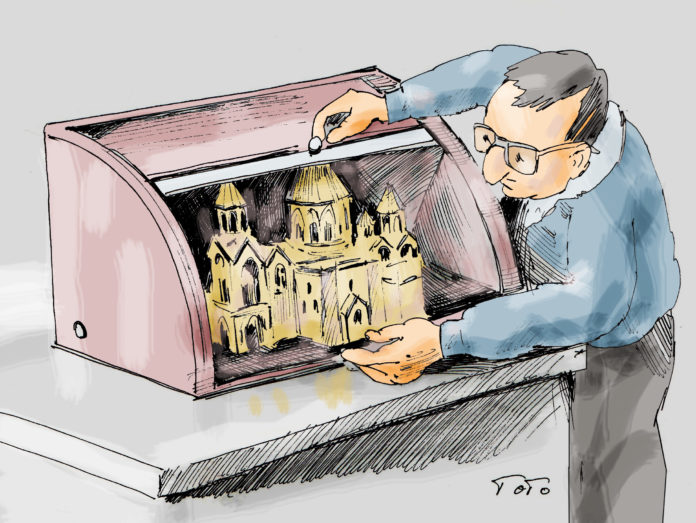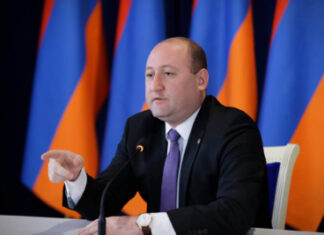What is wrong with the Armenian Church? That question begs a number of answers depending upon to whom the question is directed.
Many have been alienated from the church in general and from the Armenian Church in particular. Cynicism has eroded the foundations of the faith, driving many away from organized religion.
In the case of the Armenians, our Christian faith is intertwined with our ethnic consciousness so that when our identity is diluted, the Christian faith itself can drive the individual away from the Armenian Church.
Clergy in the Armenian Church have traditionally been bulwarks of knowledge, culture, wisdom and inspiration. Historically, serving the Armenian Church was considered a highly respectable position in society. It was only when many misfits and losers gravitated towards the ranks of the clergy, that those congregations, in time, realized that they have put too much faith in those men and have become alienated from the church. And since human nature, more often than not, forces the individual to look for scapegoats for their own failures, the first target of the criticism has become the church. That answer is so much easier than one that comes from self-reflection.
These are general observations about the shortcomings of the church and the parishioners who make up that church, for its failure to keep pace with the current developments of society.
All the above being endemic to the Armenian Church, there are also other reasons why the Armenian Church has been experiencing so many problems, which rightfully baffles its adherents.










